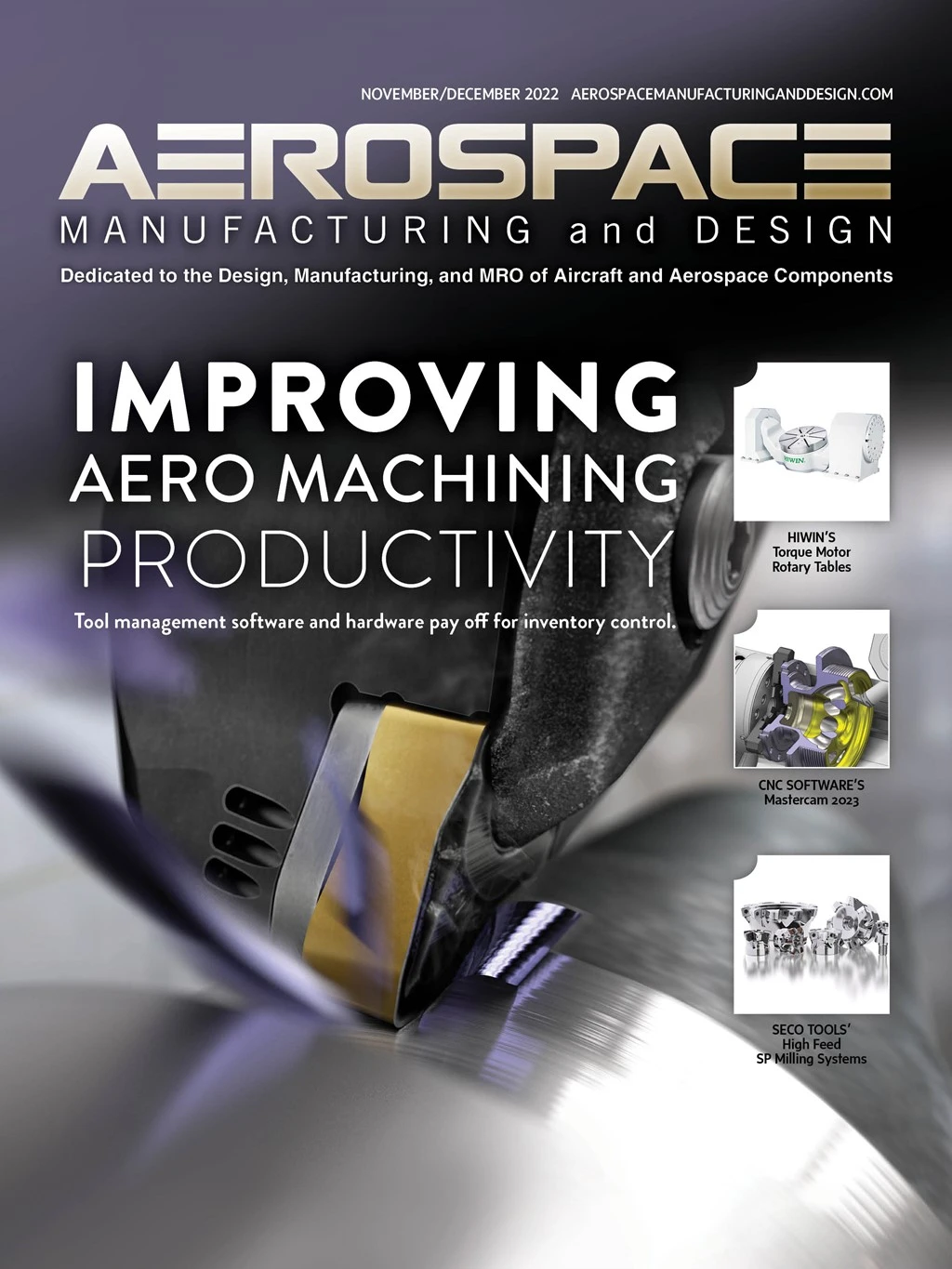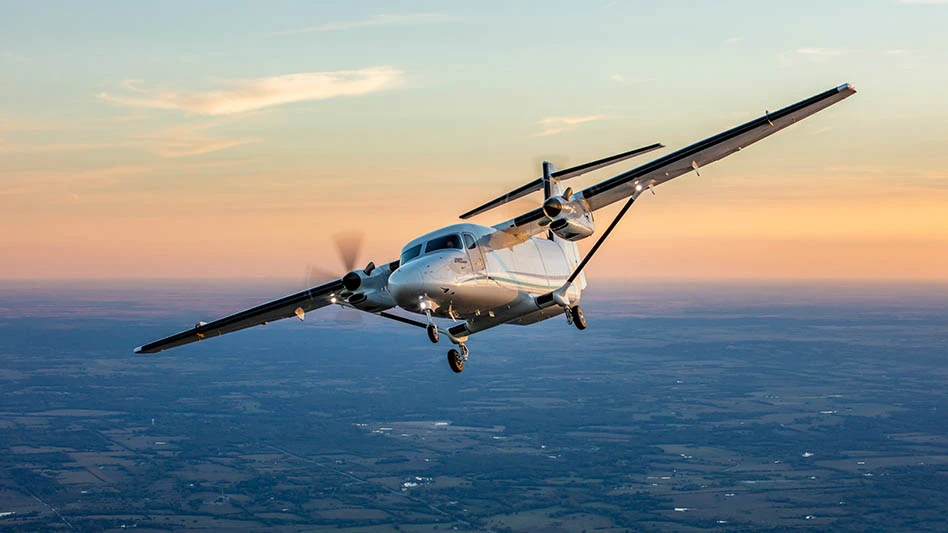
Earlier this year, we examined Ernst & Young’s 2021 Aerospace and Defense (A&D) Workforce Study. EY recently released its 2022 survey, and it’s worth noting the changes A&D companies are reporting in attracting, retaining, and developing their workforce. Highlights of the changes are the focus of this issue’s Gaining Altitude (p. 12).
For the past year, the A&D industry reported incremental improvement in representation of women and across all racial and ethnic identities – a result of industry prioritizing diversity, equity, and inclusion (DEI). However, industry respondents indicated their companies were doing worse in DEI. In last year’s survey, 73% of respondents indicated DEI was in their mission statement or values. This year it’s down to 66%. Those who thought their company demonstrated a commitment to and celebrated DEI fell to 84% from 87%.
Is this from greater awareness they’re falling short or just their perception?
Raman Ram, EY Americas A&D leader and a principal author of the report, explains to Aerospace Manufacturing and Design that the responses came primarily from the human resources (HR) community at the companies, maybe accounting for heightened self-awareness. But the difference isn’t big enough to be statistically significant. “It’s a wash, in my view,” Ram says.
Ram has been in the A&D industry 25 years, starting at Honeywell and later in product development, manufacturing, and Lean Six Sigma at GE Aviation before moving to consulting.
Employee retention is still a challenge. The survey found turnover across the A&D industry rose to 7.1% in 2022 from 5.7% last year. Inflation increased the cost of doing business and drove employees’ desire for wage increases, with 78% of respondents saying employees seeking jobs with higher pay are a primary cause of the higher attrition. Not surprisingly, 91% of respondents believe their organization needs to review the competitiveness of their compensation programs.
“For a decade, we’ve talked about the talent issue, but we haven’t done much about it,” Ram says. “Now, we’re seeing it as a resounding need. In the past, we’ve seen a disconnect between the business units and the HR function, but the HR folks are aligning to the need. That’s a shift compared to what I’ve seen before.”
Is the talent shortage in A&D temporary or structural?
“In A&D, I think we’re going to struggle with talent, regardless of recession or downturn,” Ram believes. “There’s going to be a battle for talent in the near term, but in 10 years or so, I think there’ll be a reshaping of the skill set. Model-based engineering, automation, advanced analytics capabilities, and other productivity enhancers will reduce the need for the number of employees as workforce effectiveness and efficiency increase.” Perhaps those developments will enable the A&D sector’s continued growth. – Eric

Explore the November December 2022 Issue
Check out more from this issue and find your next story to read.
Latest from Aerospace Manufacturing and Design
- The Partner Companies acquires Precision Eforming
- Hall Effect angle sensors
- July is for learning – so drop in for this month’s second Manufacturing Lunch + Learn
- Essential strategies to protect your data
- NASA selects instruments for Artemis lunar terrain vehicle
- Twin-cutter boring head
- Bell awarded funding for X-plane build phase of SPRINT program
- Shaft coupling clamps





